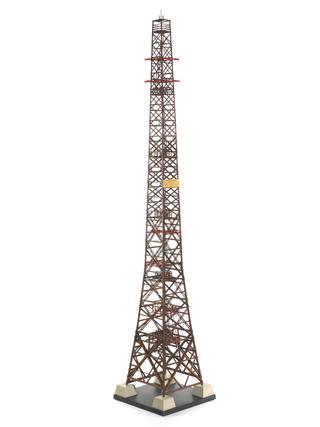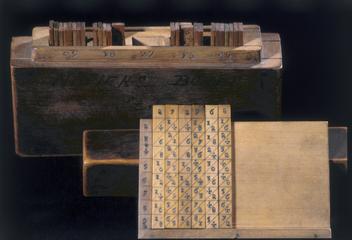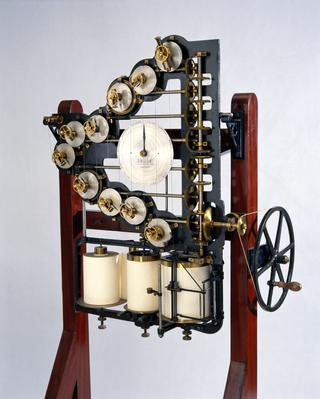
Three-ring Enigma cypher machine in oak wood transit case
- patentee:
- Arthur Scherbius Arthur Scherbius
































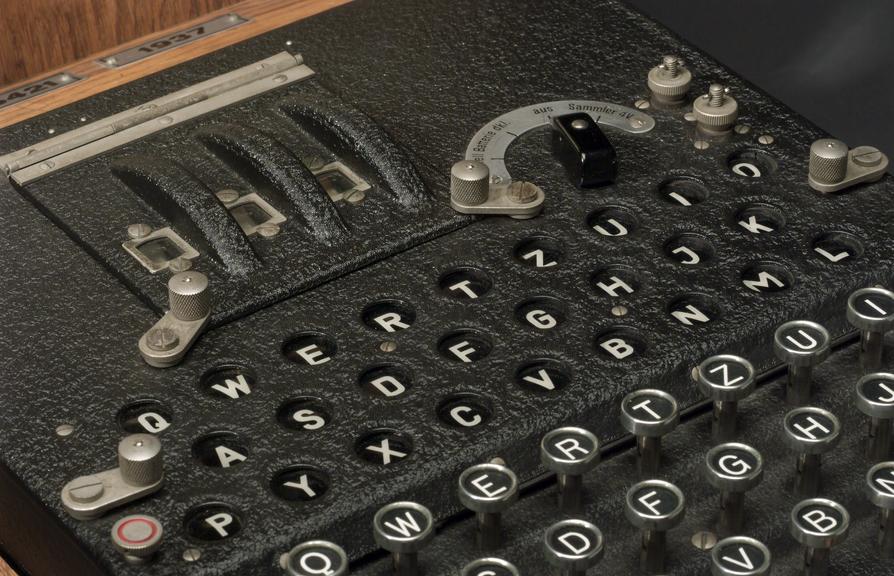
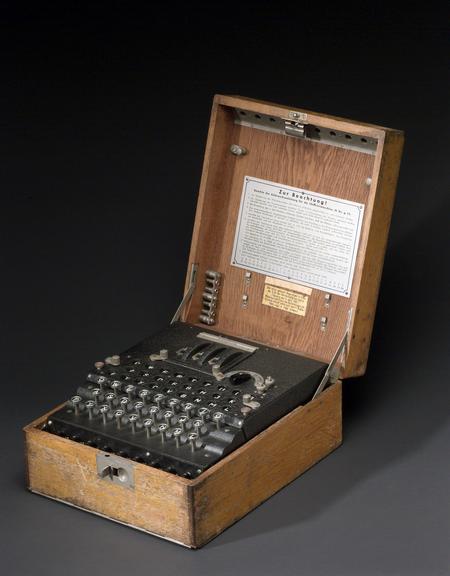




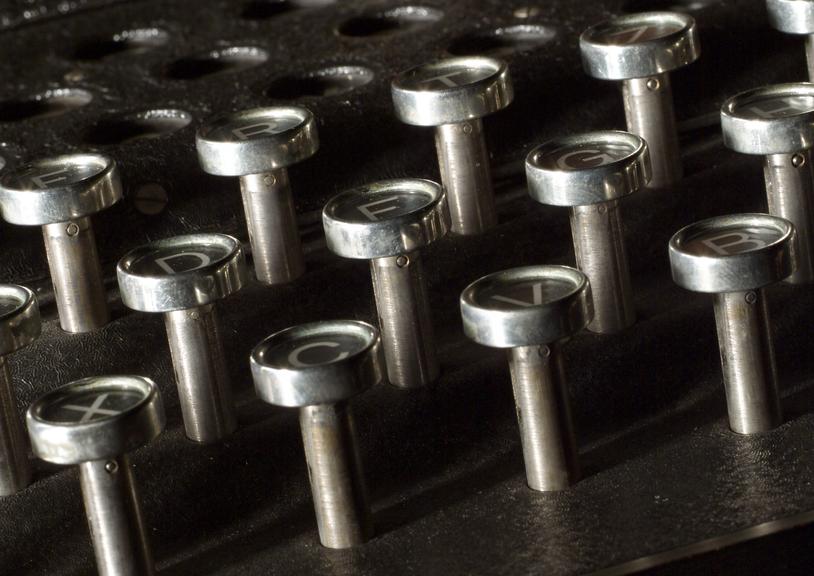

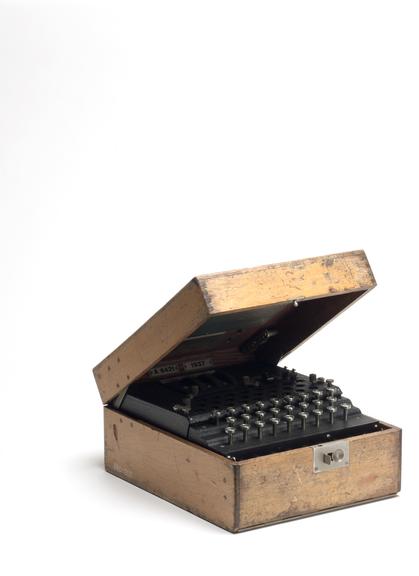

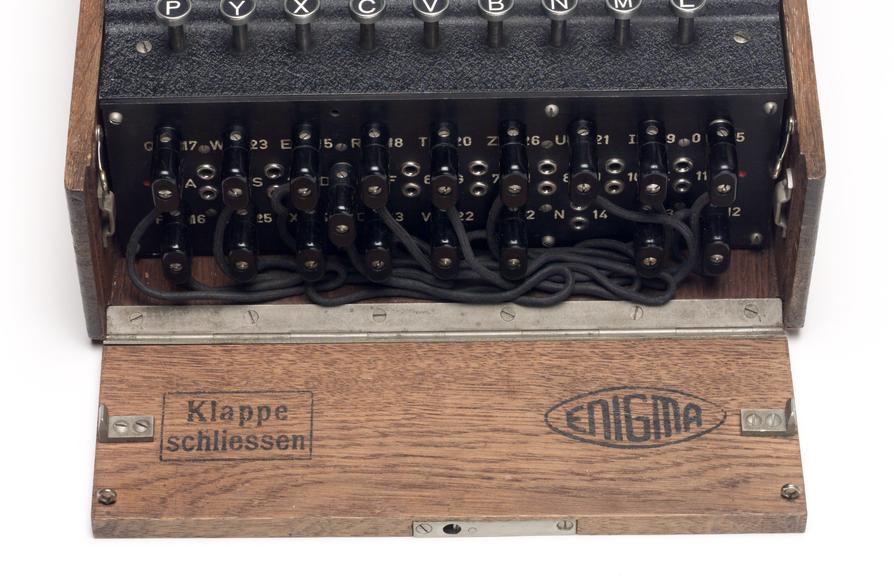




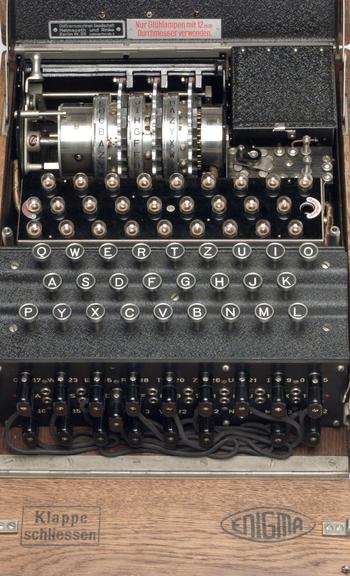
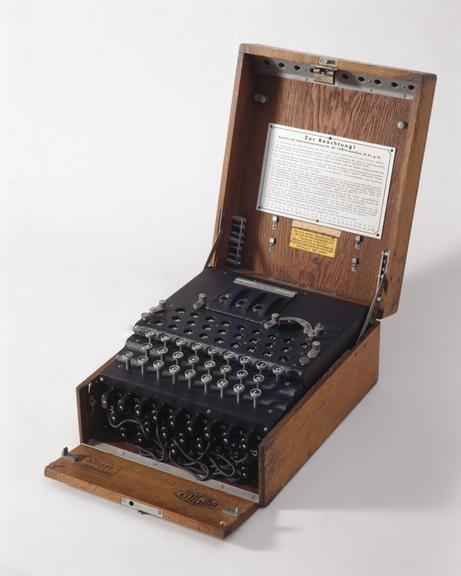
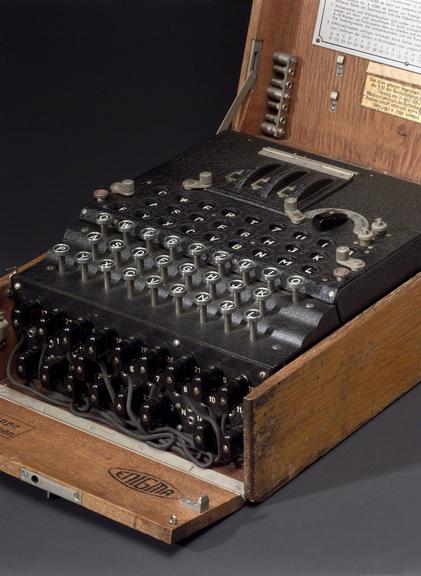

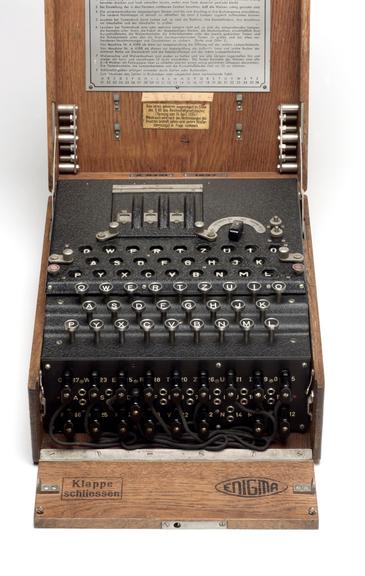
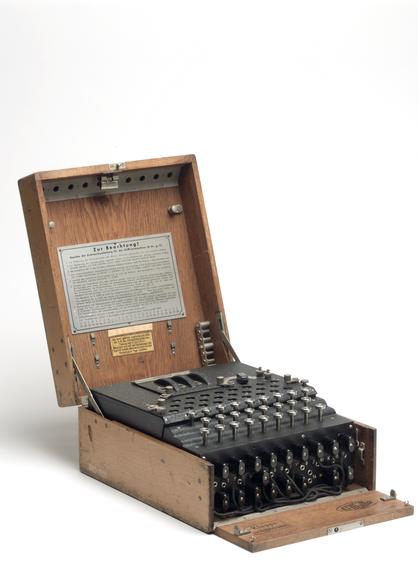
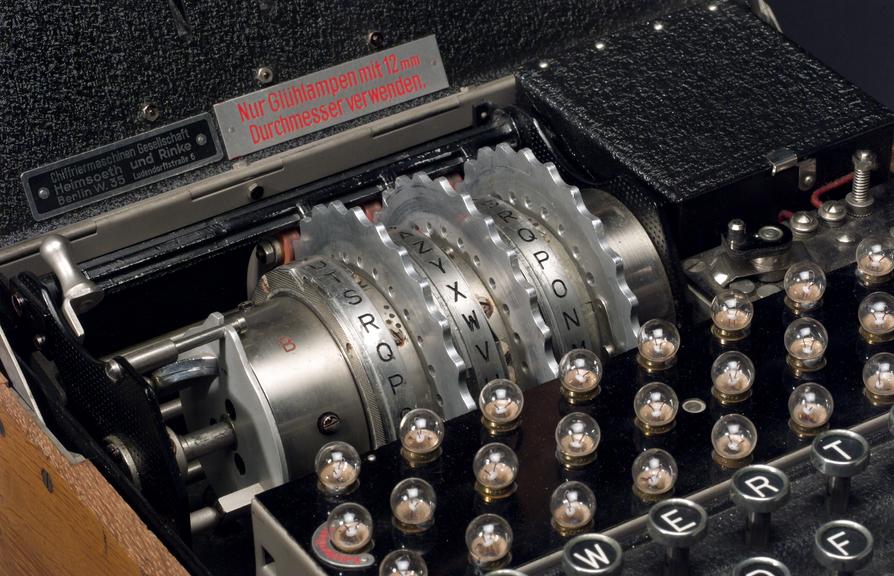
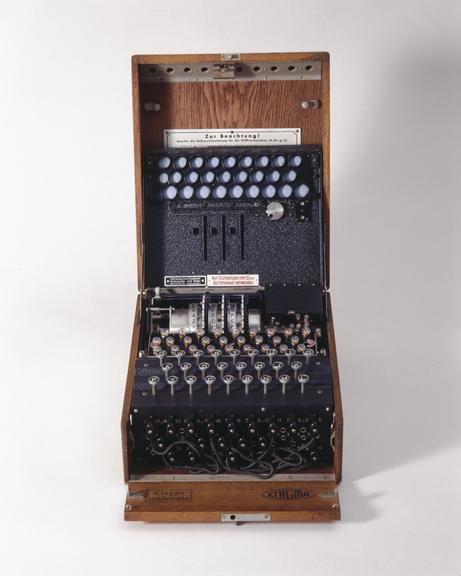





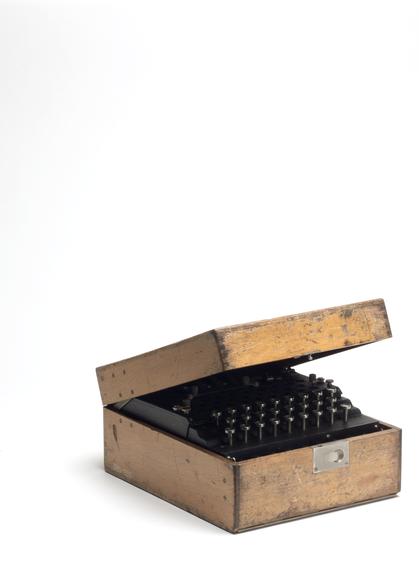



Three-ring Enigma cypher machine complete in oak wood transit case, together with original German battery (Serial number A6421/1937), unsigned, Germany, 1934 (see Note)
Three-ring Enigma cypher machine complete in wooden transit case, together with original German battery. The Enigma machine was patented in 1918 by the German engineer Arthur Scherbius (1878-1929), and produced commercially from 1923. The German government, impressed by its security, acquired the rights to the machine and adapted it for military use. Throughout World War II, Germany and its allies encrypted military messages using Enigma machines and, by 1945, over 40,000 such machines were in use. The Germans considered the Enigma code to be unbreakable but, thanks to combined Allied efforts, the codebreakers at Bletchley Park in Bedfordshire, the British army's intelligence centre, managed to intercept and decypher the code.
Details
- Category:
- Radio Communication
- Object Number:
- 1980-1200
- Materials:
- aluminium alloy, oak (wood), brass (copper, zinc alloy), steel (metal), metal (unknown), paper (fibre product), leather, textile and plastic (unidentified)
- Measurements:
-
Closed: 160 mm x 290 mm x 350 mm, 11.6 kg
- type:
- cipher machine
- credit:
- Government Communications Headquarters
